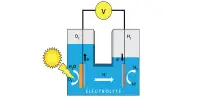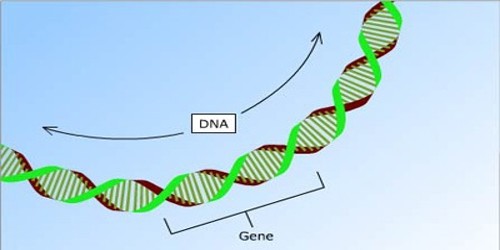Since practically everyone now owns a smartphone and there are more electric vehicles on the road, lithium-ion batteries have revolutionized daily life. They also enable emergency power generators to function.
The need for better energy density batteries that are secure and reasonably priced is constantly increasing as more portable electronic gadgets, electric cars, and large-scale grid systems become online.
Now, a University of Houston research team, in collaboration with researchers from the Pacific Northwest National Laboratory and the U.S. Army Research Laboratory, has developed an operando reflection interference microscope (RIM) that provides a better understanding of how batteries work, which has significant implications for the next generation of batteries.
“We have achieved real-time visualization of solid electrolyte interphase (SEI) dynamics for the first time,” said Xiaonan Shan, assistant professor of electrical and computer engineering at UH’s Cullen College of Engineering and corresponding author of a study published in the journal Nature Nanotechnology. “This provides key insight into the rational design of interphases, a battery component that has been the least understood and most challenging barrier to developing electrolytes for future batteries.”
Researchers can analyze the SEI layer, an incredibly thin and delicate layer on the battery electrode surface that affects battery performance, thanks to the highly sensitive microscope. It is difficult to analyze because of the constant changes in its morphology and chemical makeup.
“A dynamic, non-invasive and high sensitivity operando imaging tool is required to understand the formation and evolution of SEI. Such a technique capable of direct probing SEI has been rare and highly desirable,” said Yan Yao, the Hugh Roy and Lillie Cranz Cullen Distinguished Professor of electrical and computer engineering and a co-corresponding author who has worked with Shan on this project for the last four years.
“We have now demonstrated that RIM is the first of its kind to provide critical insight into the working mechanism of the SEI layer and help design better high-performance batteries,” said Yao, who is also the principal investigator of the Texas Center for Superconductivity at UH.
We have achieved real-time visualization of solid electrolyte interphase (SEI) dynamics for the first time. This provides key insight into the rational design of interphases, a battery component that has been the least understood and most challenging barrier to developing electrolytes for future batteries.
Professor Xiaonan Shan
How it works
In the experiment, the research team used interference reflection microscopy, where a laser beam with a spectrum width of roughly 10 nanometers and a center wavelength of 600 nanometers was aimed at the electrodes and SEI layers and reflected.
The gathered optical intensity contains interference signals from several layers that carry vital details about SEI’s growth and enable the researchers to watch the complete reaction process.
“The RIM is very sensitive to surface variations, which enables us to monitor the same location with large-scale high spatial and temporal resolution,” said UH graduate student Guangxia Feng, who performed much of the experimental work on the project.
The majority of battery researchers, according to the study’s authors, now use Cryo-electron microscopes, which can only take one photo at a time and cannot continuously watch the changes at the same spot.
“I wanted to approach energy research from a different angle by adapting and developing new characterization and imaging methods which provide new information to understand the reaction mechanism in energy conversion processes,” said Shan, who specializes in developing imaging techniques and spectrometry techniques to study electrochemical reactions in energy storage and conversions.
Other cutting-edge energy storage devices could potentially benefit from the use of this new imaging approach.
Feng, who earned a Ph.D. in electrical engineering from UH in 2022, plans to pursue further research in the growing field of battery technology.
“To realize the next generation of batteries, it is essential to understand the reaction mechanisms and novel materials,” she said, adding that developing higher energy batteries also benefits the environment. “I have always wanted to be a scientist because they can make great things happen for people and change the world for the better.”
















